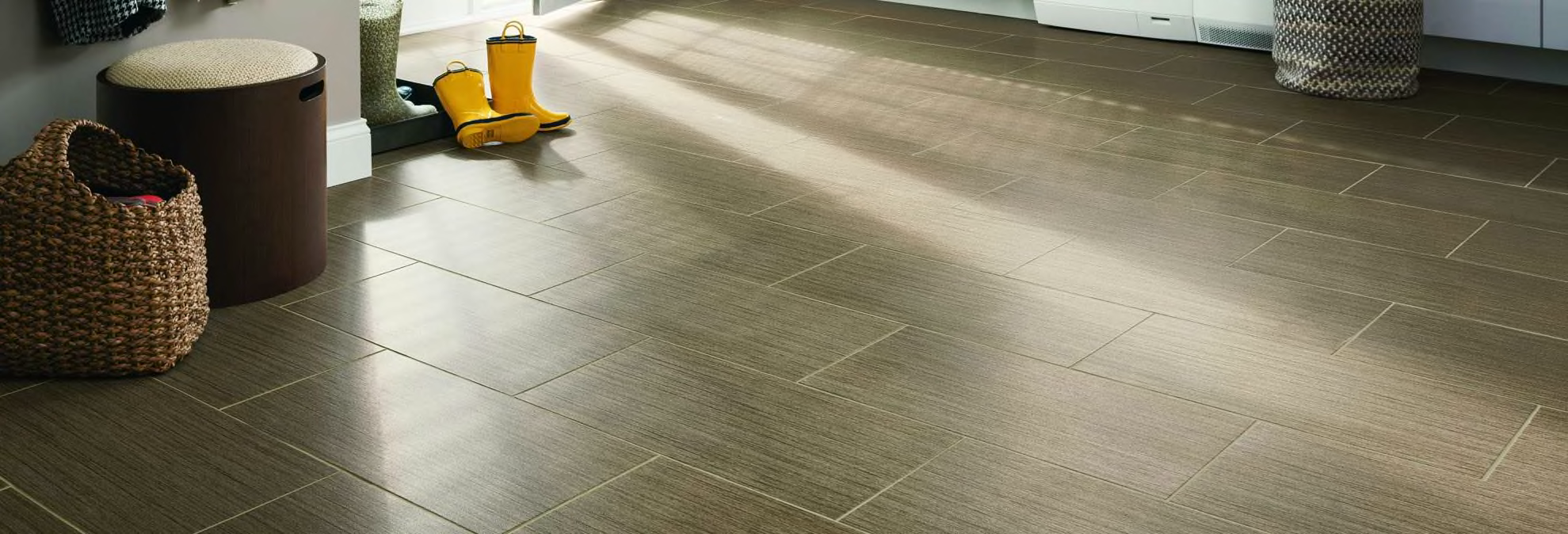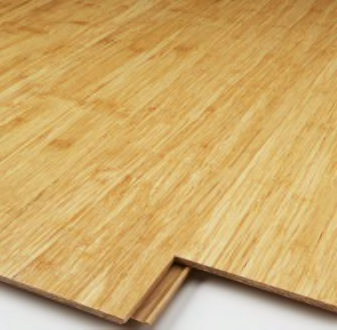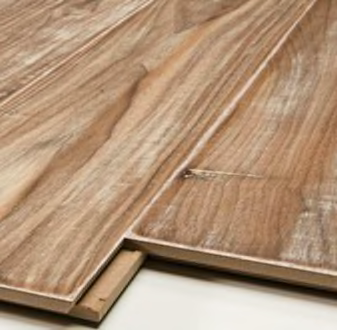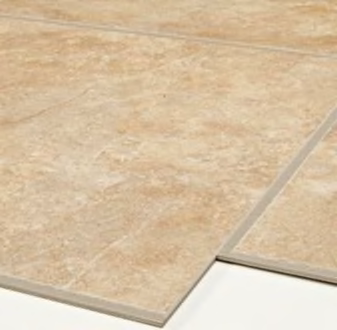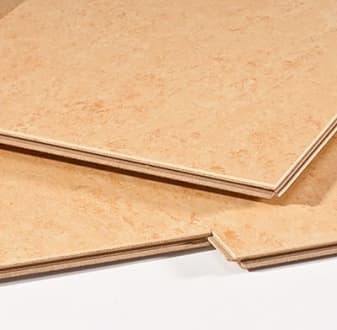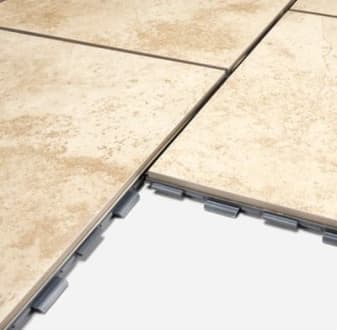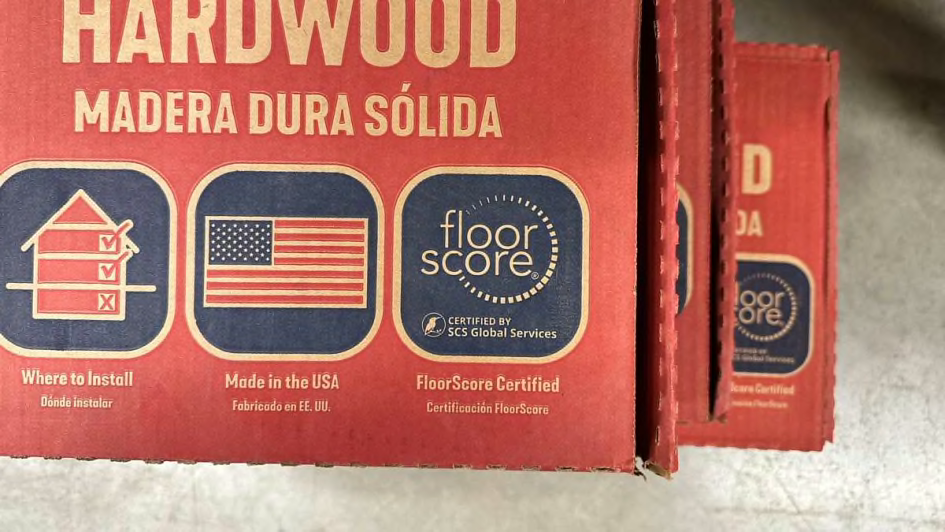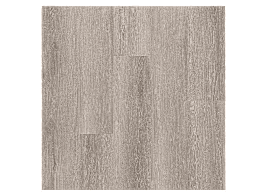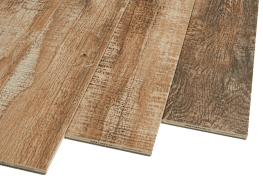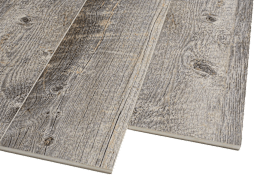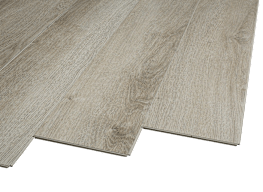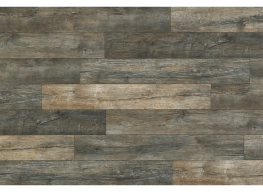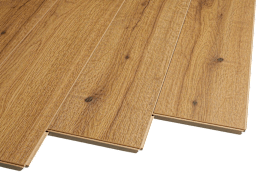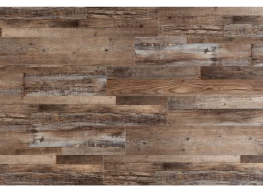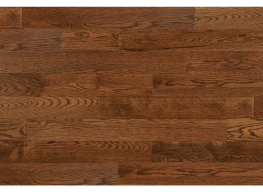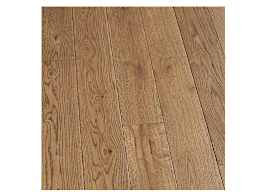When choosing new flooring for your home, remember that each type—from hardwood to vinyl—has its place. Porcelain tile suits rooms where things get busy, wet, and messy, like entries, mudrooms, playrooms, and baths. Solid hardwood and engineered wood floors add warmth and "give" to hangout and lounging areas, such as bedrooms, living rooms, dining rooms, and dens. Laminate floors, which can mimic the look and properties of many materials, can work almost anywhere—as long as you like the look.
Advances in flooring materials have broadened options at a range of prices. For example, today’s porcelain tile can closely mimic the look and texture of wood, though it’s far more durable. High-end vinyl planks can imitate tropical woods like koa, mango, and teak, or wide, hand-hewn hardwood boards. Sustainable flooring options include linoleum, bamboo, hempwood, cork, and even cement tiles made with carbon recovered from factory emissions. Among solid hardwoods, domestic species like white oak, red oak, walnut, and maple are growing in popularity, says Brett Miller, a spokesperson for the National Wood Flooring Association. “We’re also seeing wider products and longer lengths,” he says. “The average hardwood plank is now 7 to 7½ inches wide.”
No matter what you choose, it’s wise to have a backup choice. While experts say supply chain disruptions caused by the pandemic have largely dissipated, they add that the availability of building products like flooring is bound to fluctuate.
"A large quantity of hardwood, marble, and porcelain is produced in or sourced from Europe and Asia’s forests and quarries, requiring transport via shipping containers," says David Steckel, home expert at Thumbtack, which connects consumers to home service professionals. “Though supply chain woes are not what they were during the pandemic, it can still be more profitable to ship cars and appliances than flooring, which could decrease the supply options of flooring available or drive up the cost.”
















